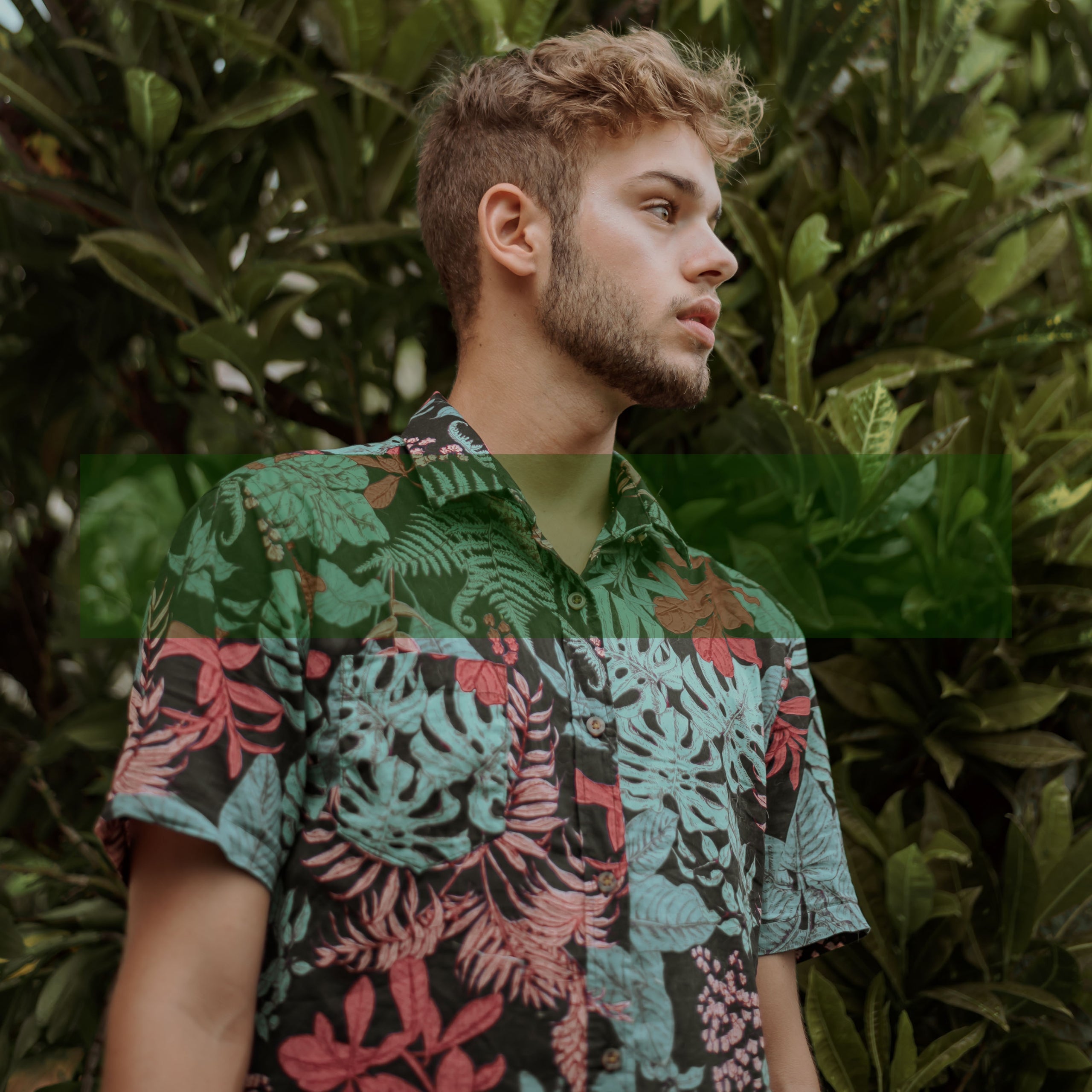The Rich History of Panama Molas: Origins and Evolution of an Indigenous Art Form
Panama Molas are a fascinating and colorful textile art form that has captivated the hearts and minds of people around the world. Originating from the Kuna people of the San Blas Islands off the coast of Panama, these intricate, hand-sewn panels tell a story of cultural preservation and evolution. This blog will delve into the rich history of Panama Molas, exploring their roots in Kuna culture and their significance in Panamanian heritage.
Origins of Panama Molas
The Kuna people have been living on the San Blas Islands for centuries, preserving their culture, language, and traditions despite numerous challenges. The word "mola" means "clothing" in the Kuna language, and the art of making molas is believed to have begun in the 18th century. Before the introduction of European textiles, Kuna women would paint their bodies with intricate geometric designs. These patterns later transitioned into molas as they adapted to new materials brought by European traders and missionaries.
The Art of Mola Making
Panama Molas are created using a reverse appliqué technique, where multiple layers of fabric are sewn together and then parts are cut away to reveal contrasting colors underneath. The process begins with a design, which is drawn onto a base fabric. Additional layers of fabric are added on top, each in a different color, and then strategically cut away to expose the desired colors and create the pattern.
Mola designs often feature geometric patterns, animals, plants, or other symbols of the Kuna people's culture and environment. The intricacy and skill involved in crafting a mola can take weeks or even months to complete, with each piece reflecting the unique vision and talent of the artist.
Cultural Significance
For the Kuna people, molas are not just beautiful works of art; they are a symbol of cultural identity and pride. Molas are traditionally worn by Kuna women as part of their blouses, with each mola telling a story about the wearer's family, community, or personal beliefs. They serve as a way for Kuna women to express themselves and maintain a connection to their ancestors and traditions.
Molas have also played a significant role in Kuna women's fight for autonomy and cultural preservation. In the early 20th century, the Kuna people faced intense pressure from the Panamanian government to assimilate and abandon their traditional practices. Wearing molas became an act of resistance and a means of preserving their cultural heritage in the face of adversity.
The Evolution of Mola Art
As mola art gained international recognition, its designs and techniques have continued to evolve. Contemporary mola artists have experimented with new materials, colors, and themes, blending traditional Kuna symbols with modern influences. Today, molas can be found not only on traditional clothing but also on accessories, home décor, and other items that appeal to a global audience.
Molas have become an important part of Panama's cultural heritage, with the government recognizing their significance and supporting efforts to preserve and promote the art form. Organizations such as the Mola Art and Craft Gallery in Panama City are dedicated to showcasing the work of Kuna artists and educating visitors about the history and techniques behind mola art.







Leave a comment